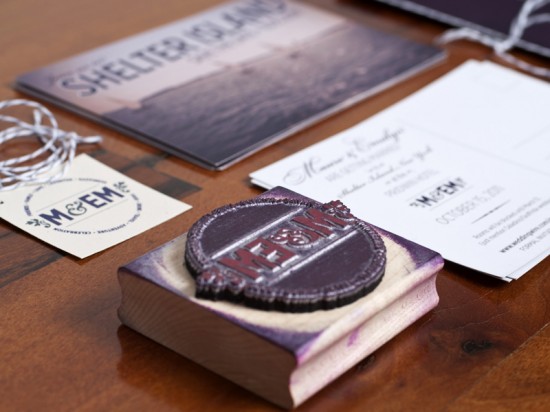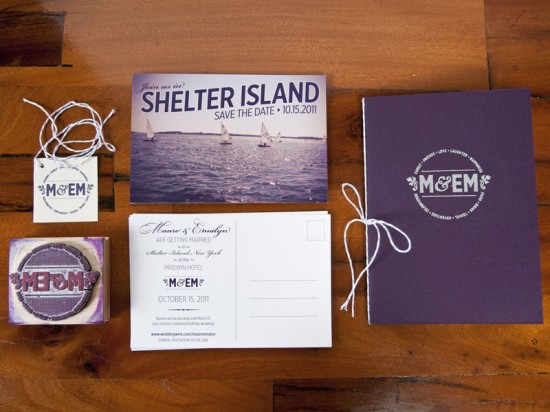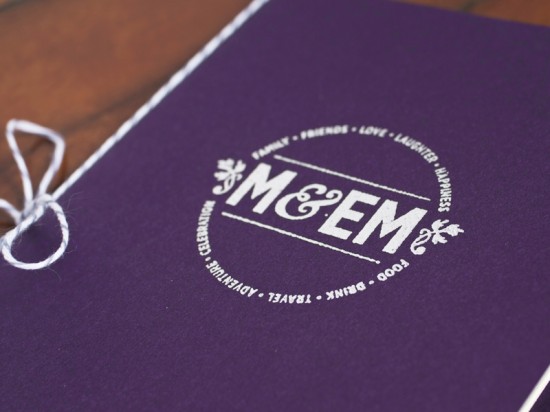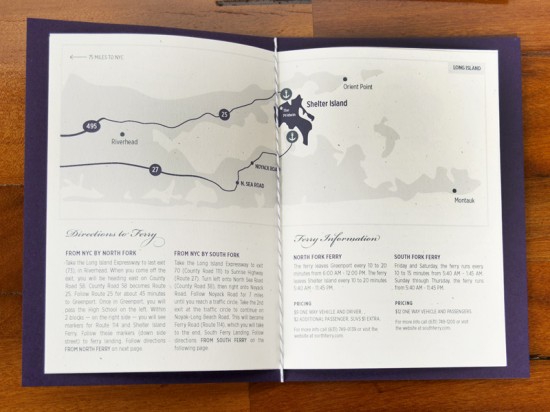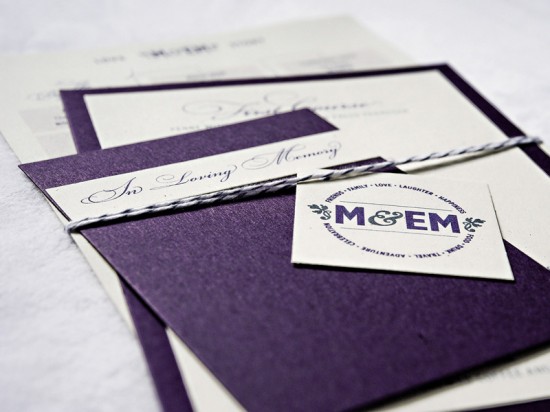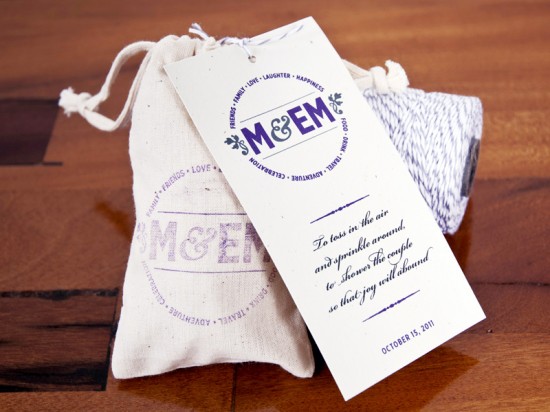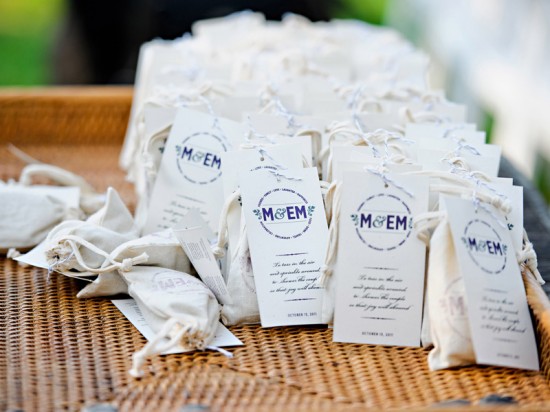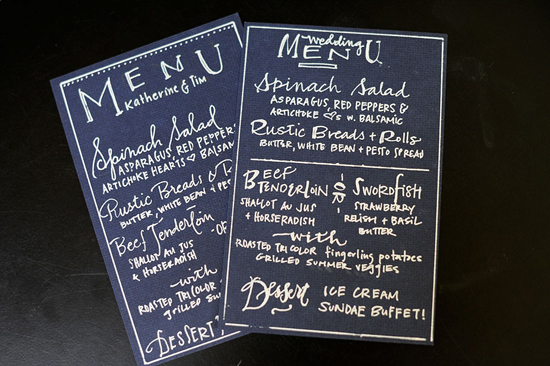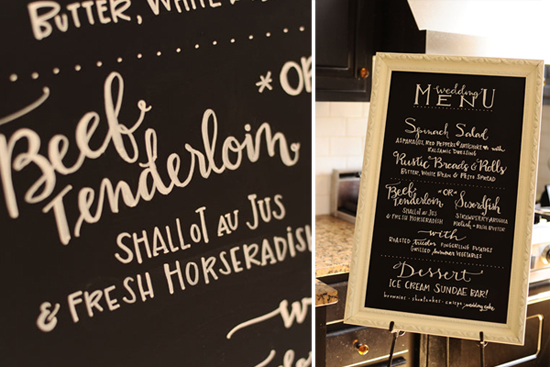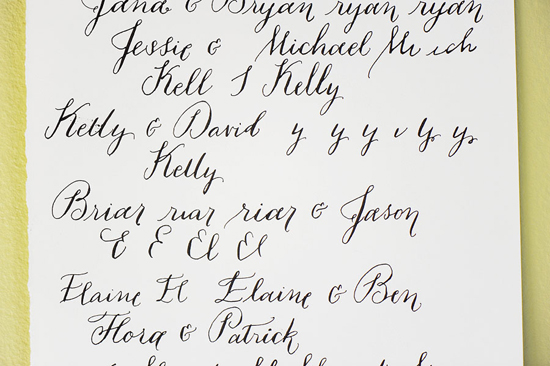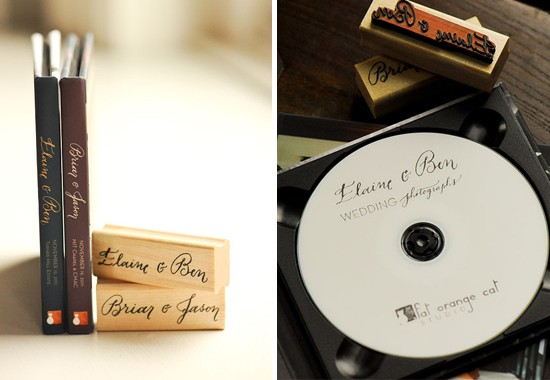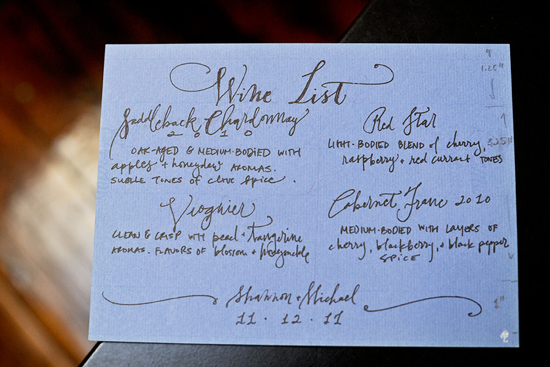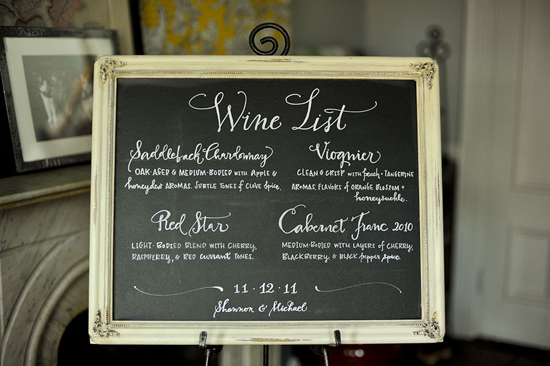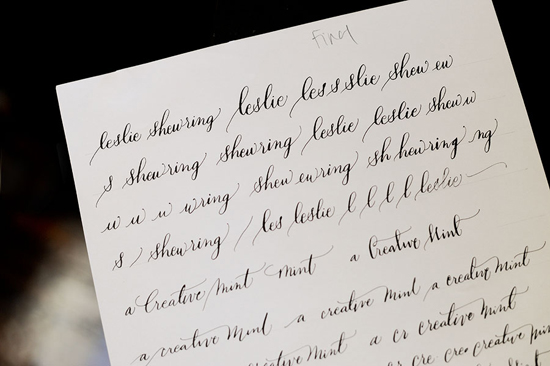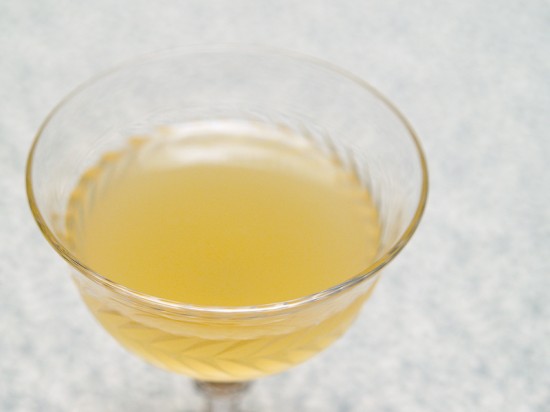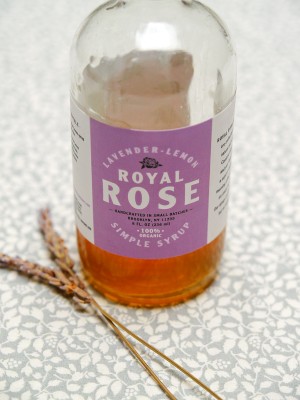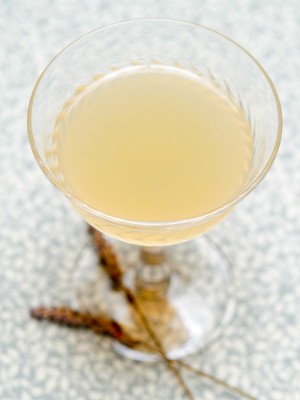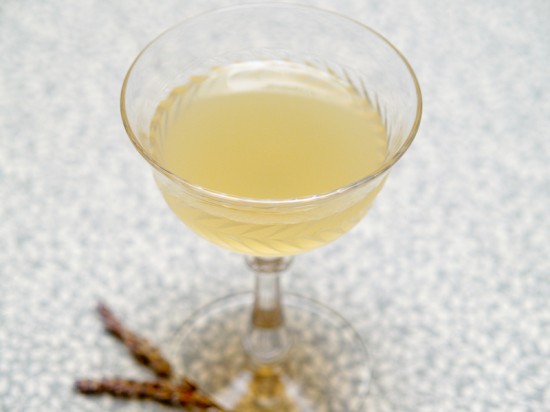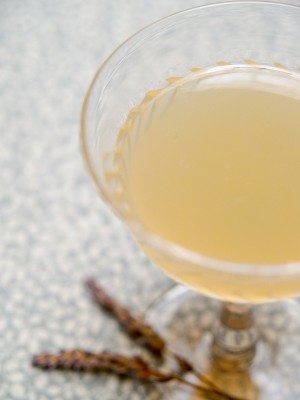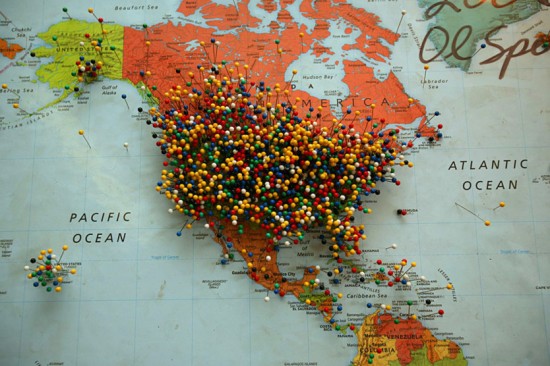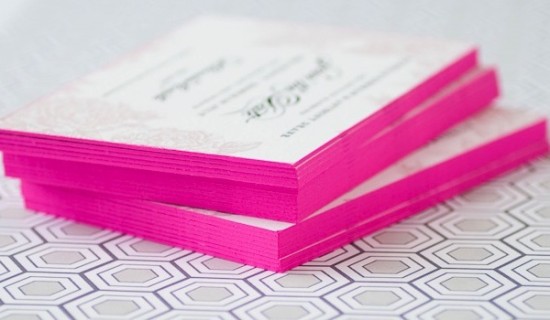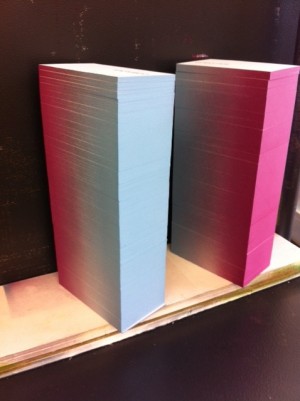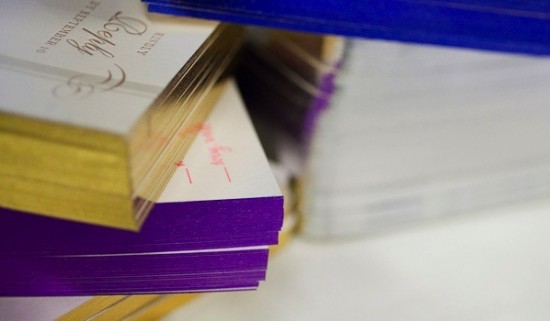Lindsay from McMillian + Furlow sent over the beautiful wedding invitations and save the dates that she created for her brother’s wedding last fall. Â Lindsay was inspired to create a destination-inspired suite, from postcard save the dates to passport-style invitations. Â Lindsay also created a beautiful wedding logo based on the bride and groom’s initials; the logo was incorporated on nearly every detail, from the invitations to lavender sachet ceremony programs, and even the groom’s suit!
From Lindsay: We were inspired by the idea of having a mini destination wedding on Shelter Island, and by the rich history of the Pridwin Hotel.  I also developed the M&EM logo – a play on their initials – to use on all the materials, either printed or stamped on with the custom rubber stamp.  Mauro even had it embroidered into his suit jacket!
Working with the color palette that Mauro and Emmy had chosen, I designed the save the dates to be a sophisticated play on the classic “Greetings From…” postcards.
Traveling has been a way of life for them ever since they began dating, so it was natural that this passion would be incorporated into the wedding. Â The invitations were designed as passports, issued on the day of Mauro and Emmy’s engagement.
They included all the information guests would need to know – from ferry schedules to and from Shelter Island, historic facts and maps, to ceremony information, lodging, and activities.  This proved to be very useful for all the guests that would be traveling from out of state (and Italy!)
Photo Credit:Â Joe Sanfilippo
The menus were tied together with a family remembrance card and a timeline of all their travels together. Â The string was carefully chosen for it’s reference to the classic Italian pastry boxes.
Bags of lavender were stamped and tied with all the ceremony information on the back. Â This was our clever way of avoiding the use of a standard wedding program.
Photo Credit: Joe Sanfilippo
Thanks Lindsay!
Check out the Designer Rolodex for more talÂented wedÂding inviÂtaÂtion designÂers and the real inviÂtaÂtions gallery for more wedding invitation ideas!
Photo Credits: Except where noted, all images by McMillian and Furlow

